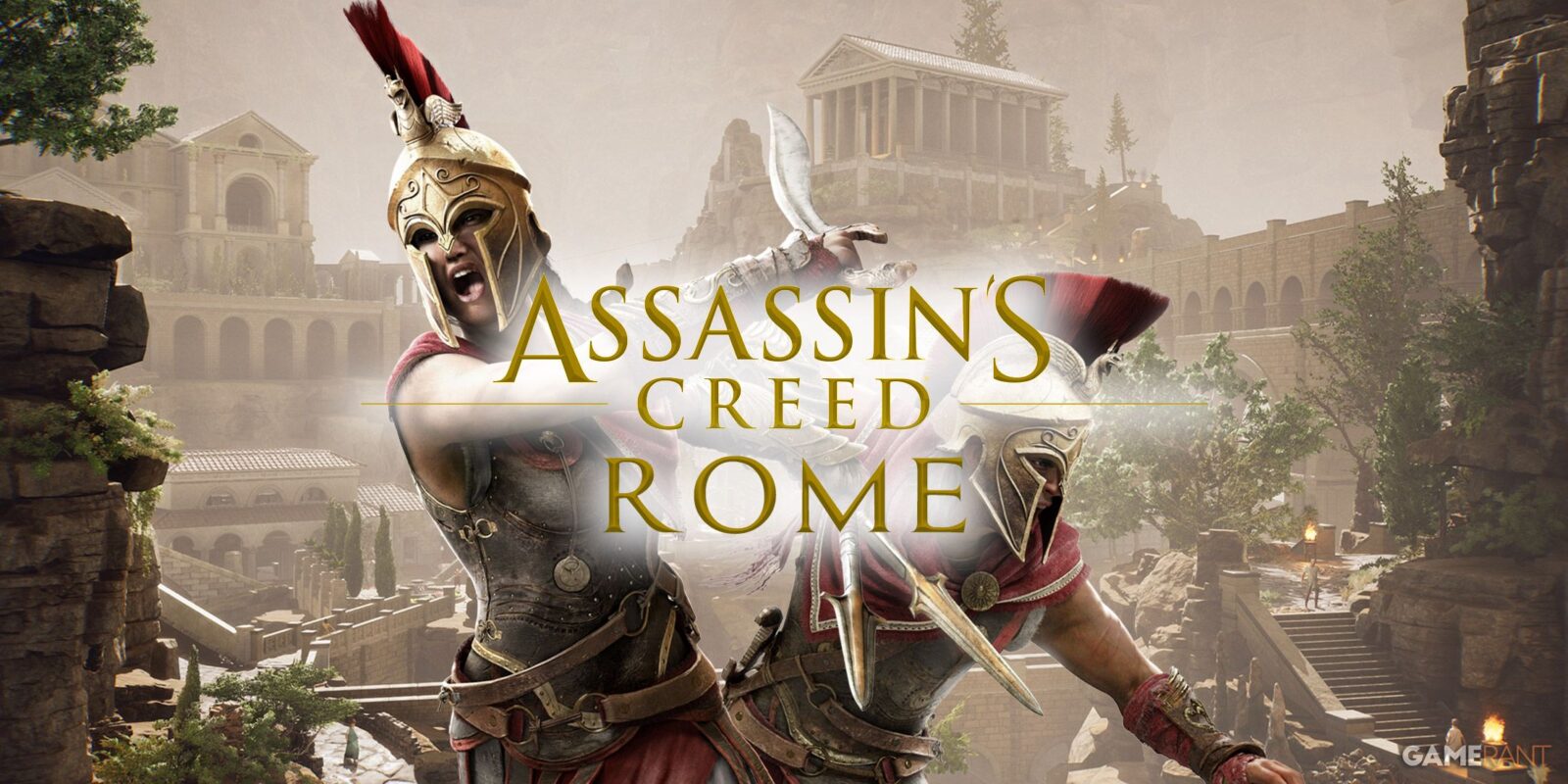Ever since Assassin’s Creed 2 introduced a new time period and setting with the Italian Renaissance compared to the previous Third Crusade in the Holy Land, the Assassin’s Creed series has long explored different eras of history worldwide. From Ancient Greece in Assassin’s Creed Odyssey to London’s Second Industrial Revolution in Assassin’s Creed Syndicate, most Assassin’s Creed games have introduced new protagonists to journey through pivotal moments in history through the lens of the Assassin and Templar conflict. Over the franchise’s near 18-year-long lifespan, many fans have long sought out certain eras to be adapted into an Assassin’s Creed game, such as Ancient Egypt and Feudal Japan. While most of these settings have been adapted into games, there’s still one that can be adapted in several ways: Ancient Rome.

Related
Assassin’s Creed Shadows Confirms Steam Feature
The newest Assassin’s Creed game will launch with a popular Steam feature straight out of the gate, giving fans more to look forward to on release.
Assassin’s Creed’s History With Rome
With such a vast and influential Empire that Rome was to all of Eurasia, the Assassin’s Creed franchise was bound to address the era in some form in its history. The series was quick to address the Roman Empire in Assassin’s Creed 2, wherein Ezio Auditore briefly visited the Sistine Chapel and learned about the legendary Assassin Amunet, who killed Cleopatra in Ptolemaic Egypt. The ancient city of Rome was further expanded upon in Assassin’s Creed: Brotherhood as the primary setting for the game during the Italian Renaissance. While the city’s ancient history wasn’t explored in too much depth, players were able to explore famous ruins such as the Colosseum and Trajan’s Market as well as confront remnants of Rome’s origins with the Followers of Romulus.
Ancient Rome briefly had its time in the spotlight in Assassin’s Creed Origins, wherein players embodied the Medjay Bayek and Aya and aided Cleopatra and Julius Caesar in overthrowing Ptolemy XIII. Over the course of the game, Bayek and Aya are eventually betrayed by Cleopatra and Caesar, causing the Medjay to rebel and form a new organization called the Hidden Ones, later known as the Assassins. Together, the two fought Cleopatra’s forces and Roman soldiers, with Aya herself assassinating Caesar in Rome in 44 BCE. Aya and Bayek then went their separate ways, with Bayek expanding the Hidden Ones in Egypt and Aya creating a new Brotherhood in Rome, renaming herself Amunet.
Assassin’s Creed: Brotherhood allowed players to explore Rome in both the 16th and 21st centuries as Ezio Auditore and his descendant Desmond Miles.
Potential Assassin’s Creed Games Set in Ancient Rome
The easiest and most logical way for Ubisoft to make an Ancient Rome Assassin’s Creed game would be to make a sequel to Assassin’s Creed Origins with Amunet as the protagonist. While Roman soldiers were often encountered in Origins, players seldom explored areas within the actual Roman Empire and only did so as Aya. This game could take place after The Hidden Ones DLC and focus on Amunet recruiting Roman citizens to the Hiddens Ones and leading up to Amunet’s assassination of Cleopatra as originally told in Assassin’s Creed 2. Bayek could also briefly appear as a playable character throughout the game as a mirror to how Aya was utilized in Origins.
Ubisoft could alternatively develop a game set around the fall of the Western Roman Empire in the 5th century. Assassin’s Creed Origins showcased how much of Rome’s leadership would lay the groundwork for both the Order of the Ancients and the Templar Order, with Julius Caesar being the Father of Understanding himself. With this background, this game could be centered around Hidden Ones sowing chaos in both the Western and Eastern Roman Empires, influencing the Germanic Barbarian Odoacer to take over Italy and taking part in the murder of Roman Emperor Julius Nepos. This game could feature segments throughout Europe, such as Italy, Croatia, and Constantinople, and feature more classic stealth gameplay to coincide with the Hidden Ones’ concealed machinations.
An Assassin’s Creed Game About the Fall of the Byzantine Empire
While Italy fell in the 5th century, the Roman Empire continued to persist for centuries in the east, known as the Byzantine Empire. Here, the city of Constantinople became the new capital of the Empire and quickly turned into one of the largest and wealthiest cities in Europe. While the Byzantine Empire did briefly manage to regain most of the original Empire’s land, it lost most of its land to the Ottoman Empire by the end of the 15th century. Ubisoft could make an Assassin’s Creed game about the Ottoman Brotherhood aiding in the Siege of Constantinople in 1453, which ushered the true end of the Roman Empire. This could directly tie-in to Assassin’s Creed Revelations by having the protagonist be the father of Ottoman Assassin Yusuf Tazim.













Leave a Reply